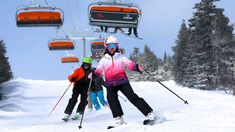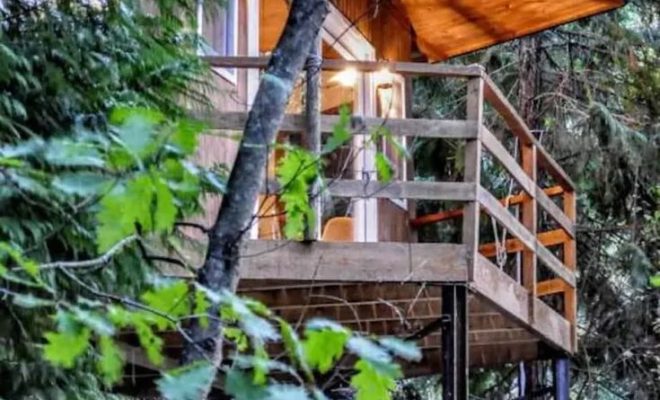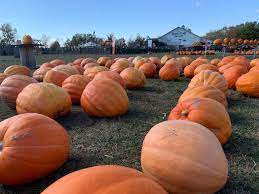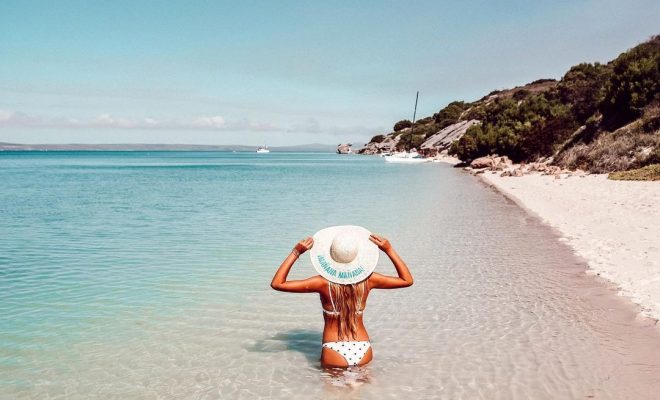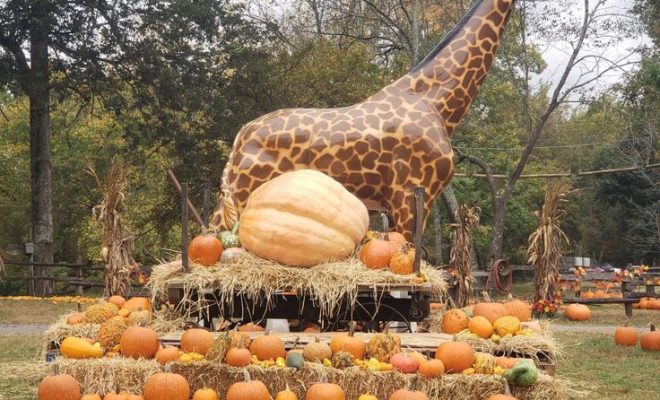Northern Lights: Here Are the Best Tips to Help You Spot the Stunning Display in the Us and Abroad
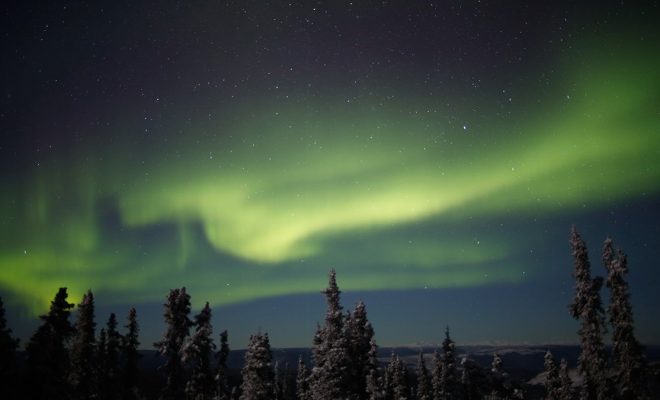
Chasing the Northern Lights, also known as the Aurora Borealis, is a bucket list adventure for many travelers around the world. Witnessing the sky dance with colors is truly a magical experience. However, catching this natural phenomenon can be tricky due to its unpredictable nature. Whether you’re looking to spot them in the US or while traveling abroad, here are some top tips to increase your chances of seeing the Northern Lights.
1. Know When to Go:
The aurora is active all year round, but your best chance to see it is during the winter months when the nights are longer and darker. Ideally, aim for September to April.
2. Find a Dark Sky:
Light pollution is a major hindrance when trying to view the Northern Lights. Look for remote areas far from city lights that offer a clear, unobstructed view of the sky.
3. Check Aurora Forecasts:
There are several websites and apps that provide aurora forecasts and real-time updates on geomagnetic activity (such as Aurora Service, Space Weather Prediction Center). Keep an eye on these resources to plan your viewing accordingly.
4. Stay Patient and Alert:
The aurora can be unpredictable and may only appear for a short time. Be prepared to wait outside in cold conditions. Dress warmly and bring hot beverages to keep comfortable.
5. Choose Your Location Wisely:
Abroad, destinations like Tromsø in Norway, Kirkjufell in Iceland, and Kakslauttanen in Finland are famous for their Northern Lights visibility. In the US, states like Alaska (Fairbanks), Washington (especially during significant solar storms), northern parts of Idaho and Maine offer some of the best views.
6. Use Technology:
Your smartphone can be quite handy. Use it to navigate dark areas with GPS or take a better photo of the auroras with long-exposure apps specifically designed for night photography.
7. Photographing The Northern Lights:
If you want to capture the lights, use a DSLR camera with manual settings that allow you to adjust exposure times (15-30 seconds), aperture (around f/2.8), and ISO (800-1600). A tripod is mandatory as well due to long exposure times required.
8. Join Guided Tours:
Consider joining a guided tour if you’re not sure about venturing out on your own or if you’d like local expertise on when and where to go.
9. Adjust Expectations:
Remember that seeing the Northern Lights isn’t guaranteed. It requires ideal conditions—darkness, clear skies, and solar activity—so always have alternate plans for your trip just in case.
By following these tips, you enhance your chances of experiencing one of Earth’s most breathtaking natural spectacles—the awe-inspiring aurora borealis. Happy Aurora chasing!

